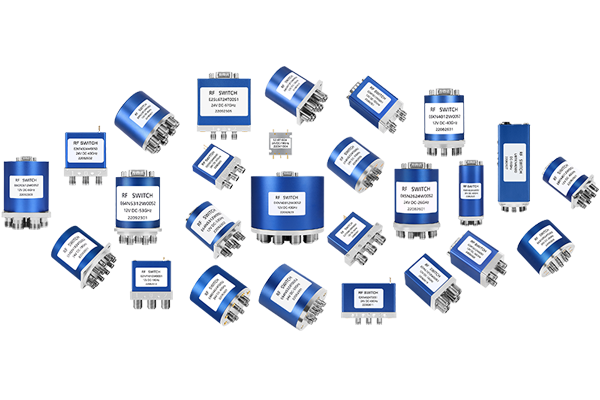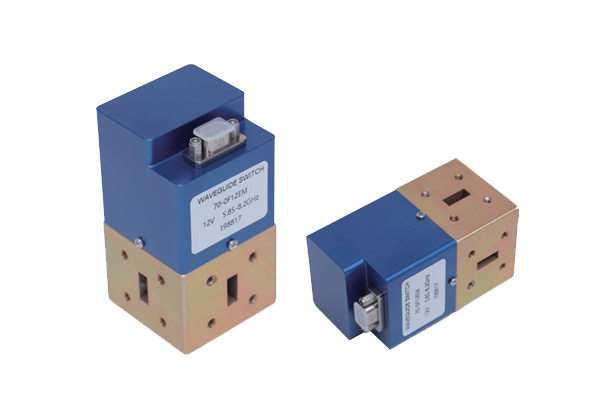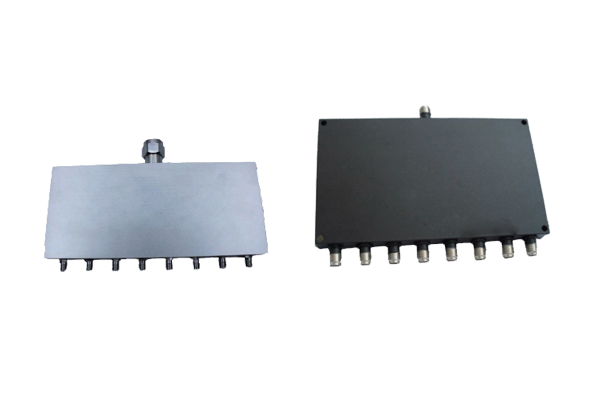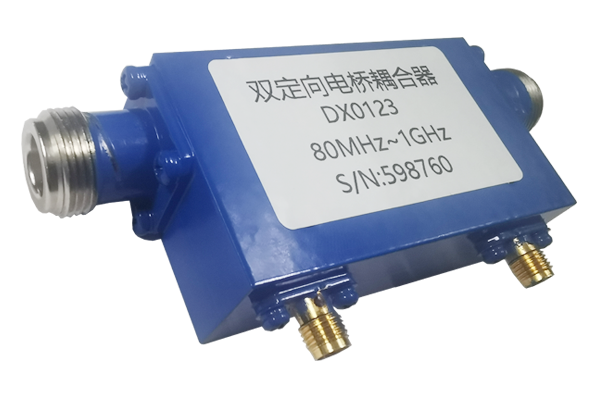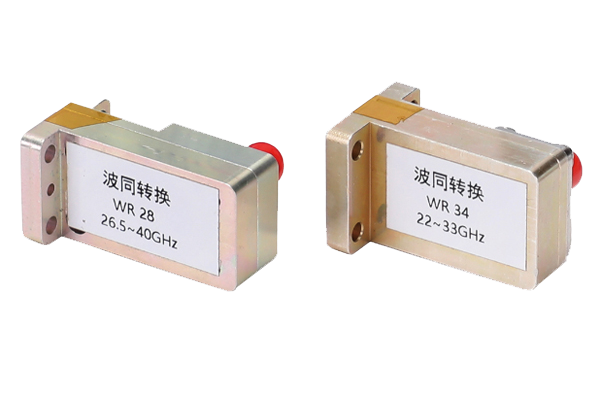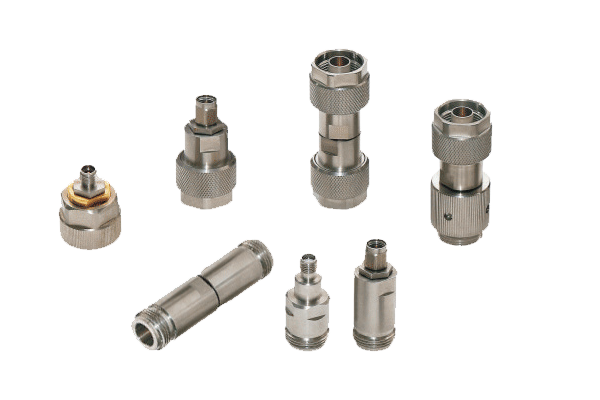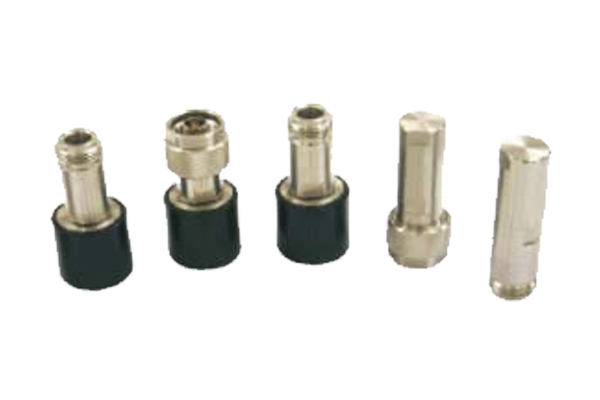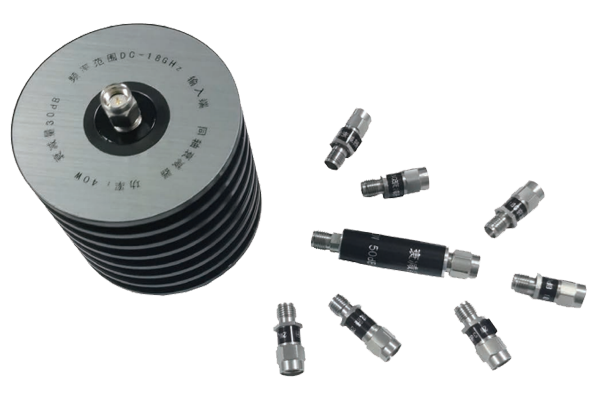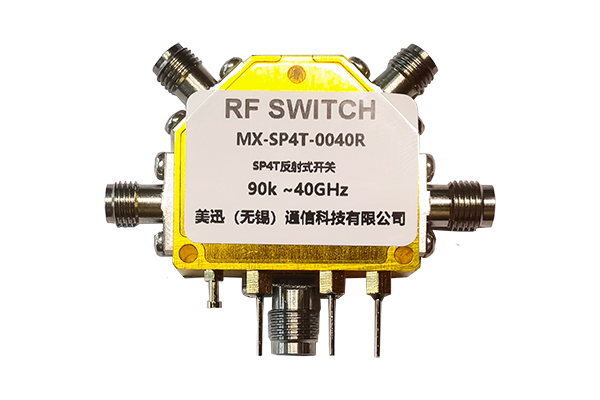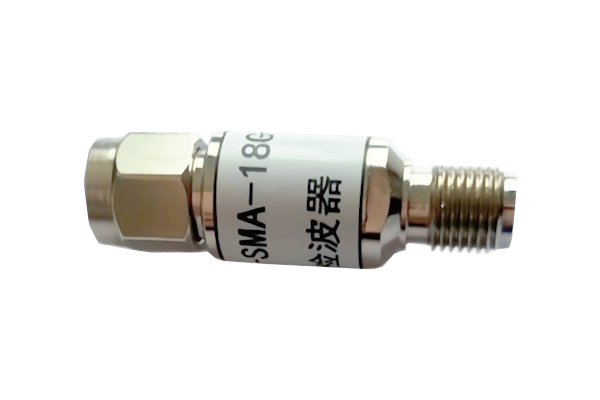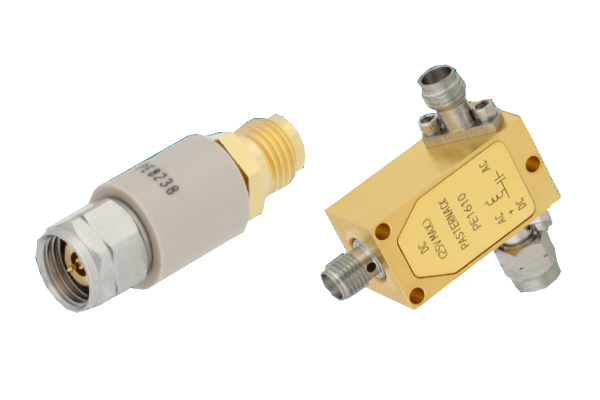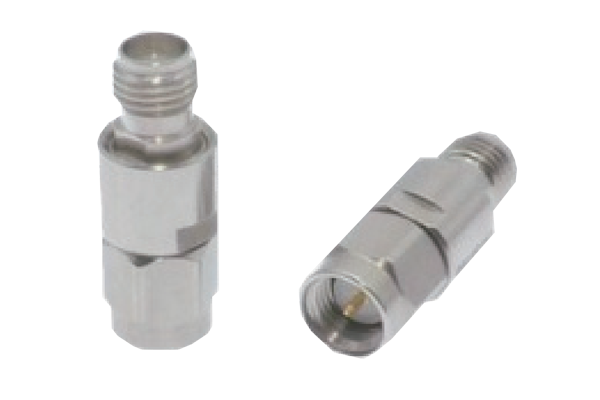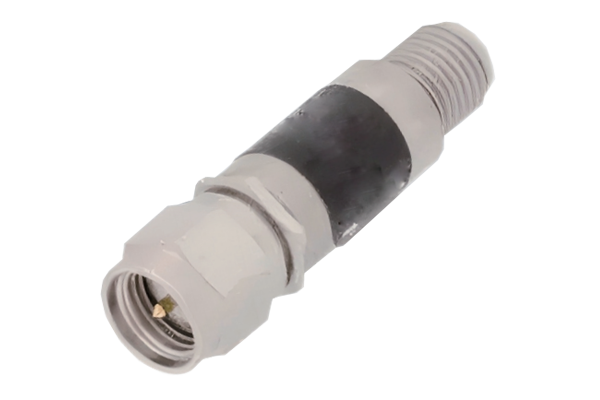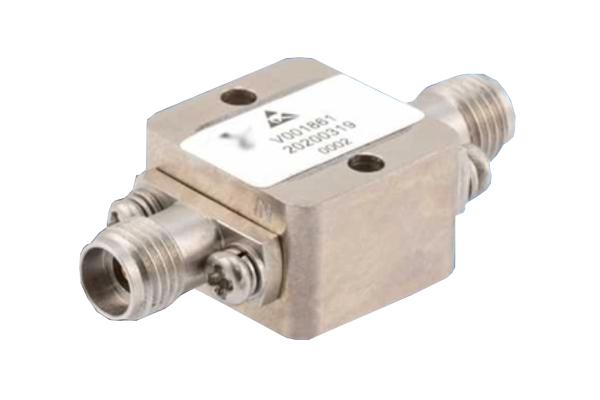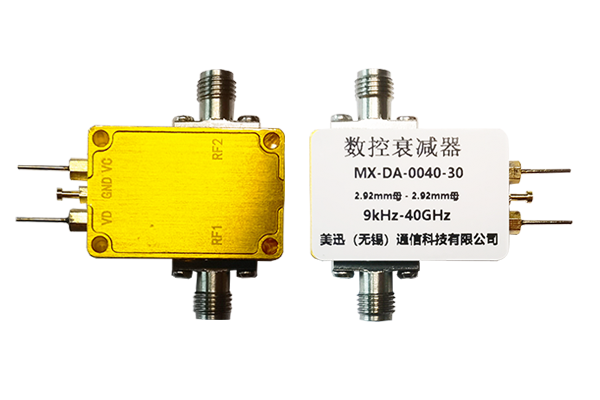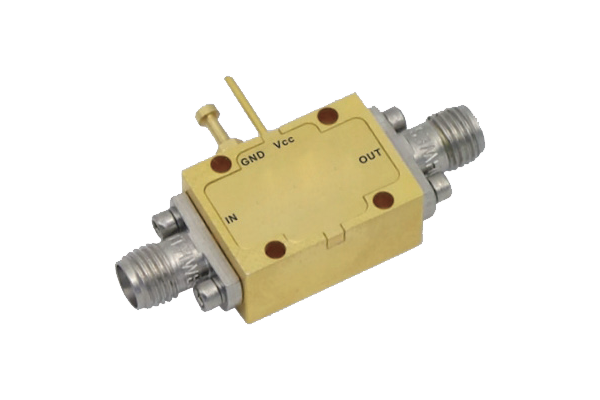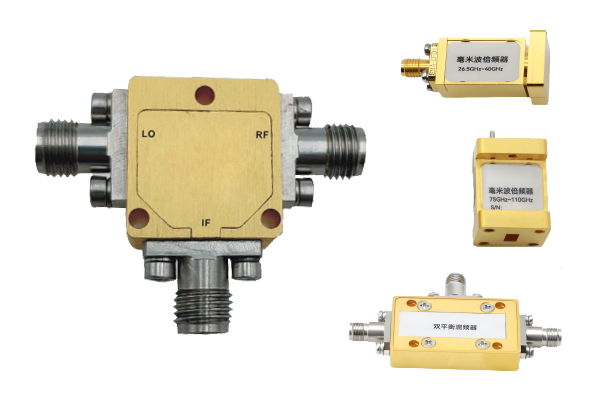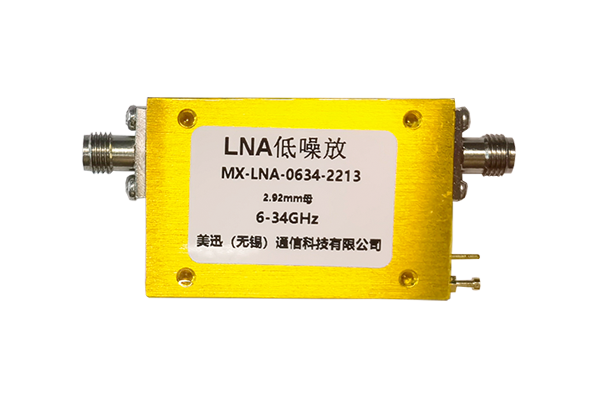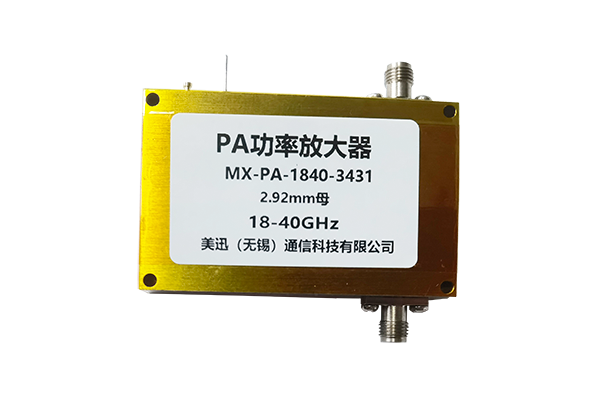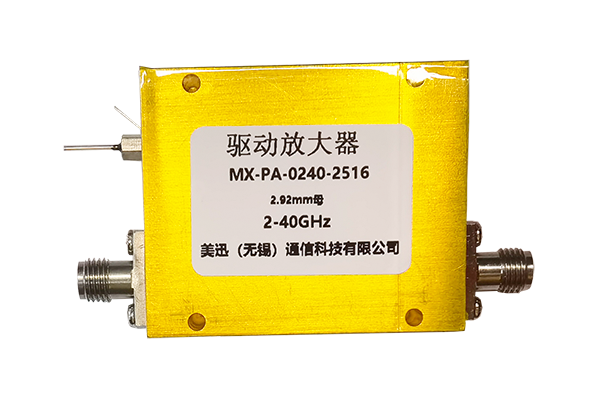How to improve the anti - interference ability of a waveguide switch
Waveguide Switch Anti-Interference Enhancement
Improving waveguide switch anti-interference capability requires a multi-faceted approach combining material science, precision engineering, and electromagnetic shielding techniques to ensure reliable operation in noisy environments.
Material Optimization
- High-conductivity metals: Copper or silver-plated alloys minimize signal leakage and EM susceptibility
- Ferrite components: Absorb stray electromagnetic energy at high frequencies
- Low-loss dielectrics: Materials with minimal loss tangents prevent internal signal degradation
Structural Design Enhancements
Precision Alignment
- Tight mechanical tolerances reduce interference-prone gaps
- Sub-millimeter precision in waveguide sections
Impedance Control
- Choke flanges at connections
- Stepped impedance transformers
Channel Isolation
- Metallic partitions between channels
- Cross-talk reduction techniques
Shielding Strategies
- Faraday cage enclosure: Grounded aluminum/stainless steel housing
- EMI gaskets: Conductive seals around access panels
- Multi-layer shielding: Combined magnetic/electromagnetic protection
Electrical Filtering
- Control circuit filters: Low-pass/band-pass filters for noise suppression
- Shielded cabling: For all control signal pathways
- Decoupling capacitors: To reduce conducted interference
Real-World Applications
- Radar systems operating in EM-dense environments
- 5G base stations with high-frequency switching requirements
- Industrial automation equipment with electrical noise
- Military communications requiring secure signal integrity



